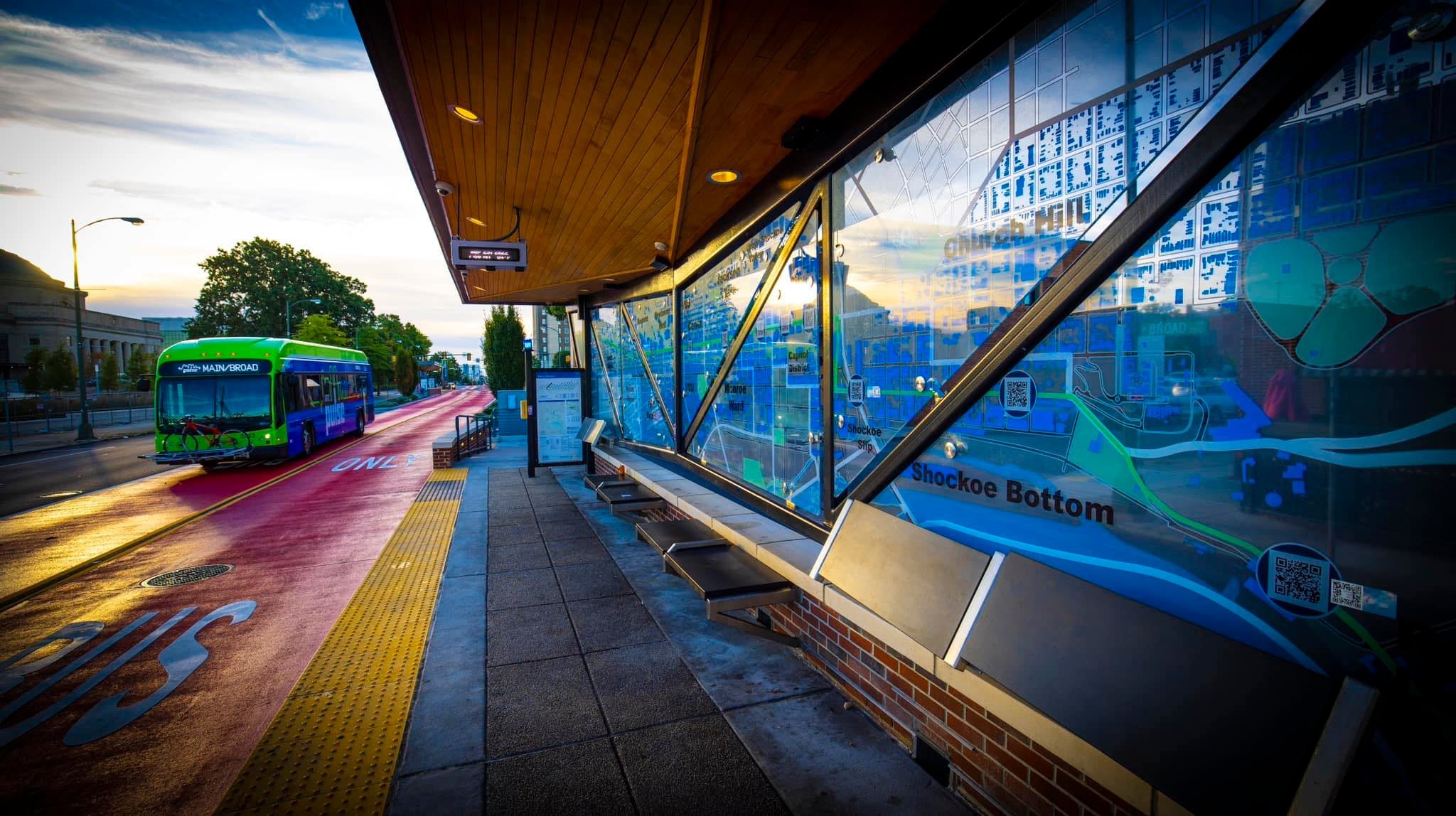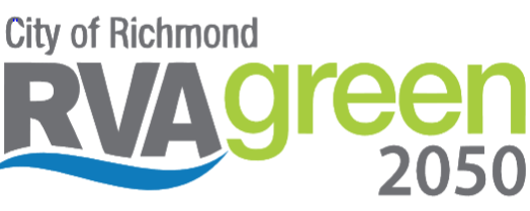
Transportation and Mobility
Accelerate the transition for all to clean and equitable mobility systems.
Greenhouse gas emissions generated from the transportation sector within the City of Richmond made up the second-largest percentage of Richmond’s 2018 carbon footprint at 31%. Specifically, these are emissions from gasoline and diesel fuel. Successful implementation of all the strategies and actions in the Transportation & Mobility Pathway will move Richmond well on its way to achieving the 2030 and 2050 greenhouse gas emissions reductions goals and is projected to reduce transportation emissions 40% by 2030 and 98% by 2050.
While the energy used in buildings creates the most GHG emissions, emissions generated from the transportation sector are the most harmful to Richmond’s air quality due to localized pollution.
Lowering transportation emissions creates co-benefits including fewer respiratory diseases and conditions like asthma caused by exposure to pollution. In the max case scenario where city- and community-wide emissions are projected to decrease 59% by 2030 and 89% by 2050 with successful implementation of all strategies in this Plan, Richmonders will realize $231M in public health savings through 2050.
Within Richmond, passenger cars outnumber all other classes of vehicles combined in terms of the most vehicle miles traveled.
Business as Usual Case
Max Case
Improving infrastructure and encouraging behaviors that shift Richmonders to clean mobility options by increasing alternative modes of transportation through walking, biking, clean public transit and micro-mobility are essential to reducing GHG emissions. As Richmond’s population grows, it will be important to manage Richmond’s infrastructure and public transit system to improve equitable mobility for all. These efforts are aligned through the Mayor Stoney’ Equity Agenda, Richmond 300, Richmond Connects, Vision Zero and city department priorities.
In addition to increasing alternative modes of transportation, accelerating the decrease of internal combustion engine (ICE) vehicles is important to clean mobility in Richmond. Greenlink’s Business as Usual (BAU) EV ownership projections are aligned with Richmond registration data and projected to grow at the same rate as the official Virginia EV forecast, where EVs are 40% of all new light-duty vehicle sales by 2030 and half of such sales by 2050.
In the max case scenario, transportation energy demand drops by 40% by 2030 and 70% by 2050 as the result of improved vehicle efficiencies from better mileper gallon for remaining gasoline and diesel vehicles and the significant improvement in efficiency by electric vehicles (EV) over internal combustion engine (ICE) vehicles.
Transportation and Mobility Objectives and Strategies
TM-1: Achieve climate neutrality in municipal fleet operations, encourage alternative travel options, and increase resilience and stewardship of transportation infrastructure
TM-1.1: Transportation Demand Management: Support commute alternatives for city employees through a TDM framework.
TM-1.2: Municipal Connectivity & Complete Streets: Advance the City’s Better Streets policy and prioritize walking and mobility-friendly connections between neighborhoods.
TM-1.3: Municipal Fleet Electrification: Electrify Richmond’s fleet of vehicles and equipment.
TM-1.4: Climate Resilient Infrastructure: Develop a climate resiliency plan for transportation infrastructure that prioritizes projects using Envision and the Climate Equity Index.
TM-2: Create vibrant neighborhoods where all residents can easily ride transit, walk, or bike to meet daily needs in alignment with Richmond Connects.
TM-2.1: Resilient Bus Transit System: Improve and expand bus routes, stops, and bike share options, with priority for low car ownership and underserved areas.
TM-2.2: Integrated Connectivity: Develop shared-use, green biking and walking paths that connect neighborhoods to Richmond’s employment centers and amenities.
TM-2.3: Residential Mobility and Complete Streets: Promote safely walkable and bikeable neighborhoods that connect Richmonders to jobs, necessities, and amenities throughout the city in alignment with the Richmond Connects Plan.
TM-3: Transition the community rapidly and equitably to clean-fuel vehicles and transit.
TM-2.1: Private and Commercial Vehicle Electrification: Facilitate the transition to electric vehicles across the city.
TM-2.2: Charging infrastructure: Support the equitable and geographically-distributed expansion of publicly-available charging stations.







